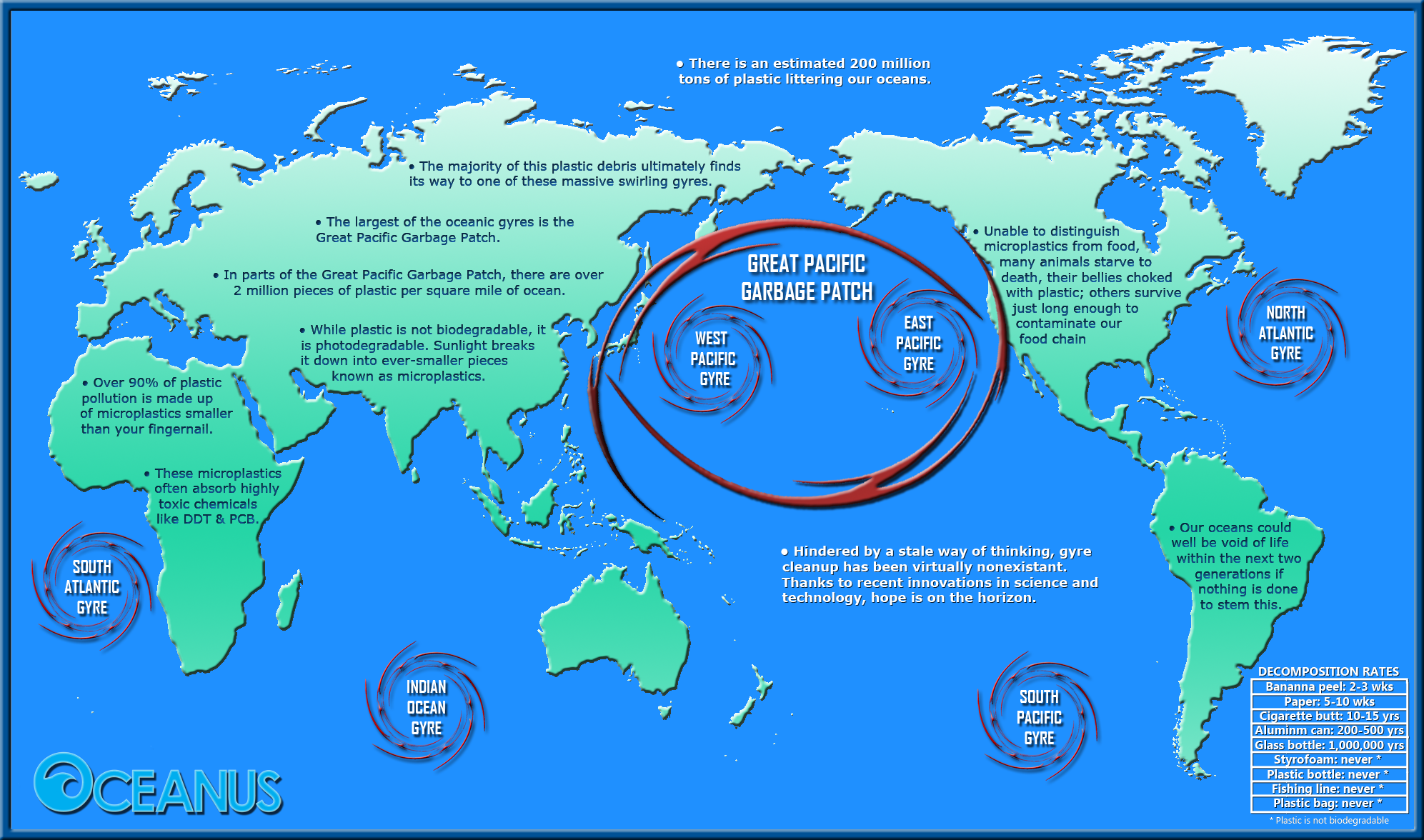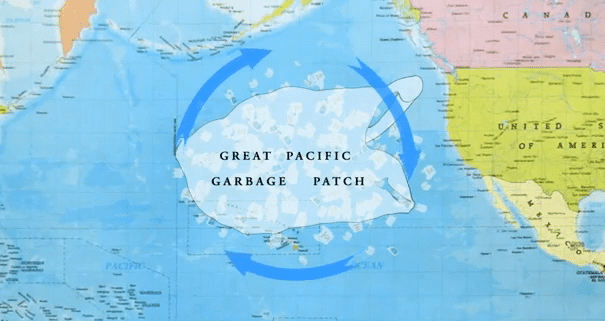Map Great Pacific Garbage Patch

Have you ever heard of the Great Pacific Garbage Patch? If you haven't, you're not alone. This huge patch of garbage in the middle of the Pacific Ocean is a major environmental issue that is affecting the entire world. The patch is essentially a giant, swirling mass of plastic and other debris that has collected in the ocean over time.
Scientists estimate that the Great Pacific Garbage Patch is roughly three times the size of France. That's enormous! It's shocking to think that so much trash and pollution has ended up in our oceans.
The garbage patch is located in a relatively remote part of the ocean, which means that it's not easy to clean up. Boats and cleanup crews have attempted to tackle the issue before, but it's a daunting task that will require a lot of resources and coordination.
So, how did this garbage patch come to be? There are a few factors at play here. For starters, our society produces an immense amount of plastic waste. Much of this plastic waste is not recyclable, which means that it ends up in landfills or the ocean. Additionally, some of this plastic waste comes from littering and other forms of pollution that release debris into the environment.
The ocean currents in the Pacific Ocean play a major role in the creation and maintenance of the garbage patch. There are two main ocean currents in the area, which create a clockwise rotation that traps debris in the middle. This means that trash and other pollution gradually accumulates in the same spot over time.
So, what can we do to address this issue? There are a few key steps that we can take to help minimize our impact on the environment.
First, we can all work to reduce our use of plastic. Using reusable bags, water bottles, and other items instead of disposable ones can go a long way in reducing the amount of plastic waste that ends up in landfills and the ocean.
Second, we can recycle as much as possible. While not all plastic is recyclable, many types are. Be sure to check the recycling guidelines in your area to ensure that you're doing your part to recycle effectively.
Finally, we can support larger-scale efforts to clean up the ocean. This may involve donating to ocean cleanup organizations, supporting policy changes that address plastic pollution, and more.
Overall, the Great Pacific Garbage Patch is a significant environmental issue that requires a concerted effort to address. By taking small steps in our own lives and supporting larger-scale solutions, we can all work to protect the health of our oceans and the planet as a whole.



Post a Comment for "Map Great Pacific Garbage Patch"